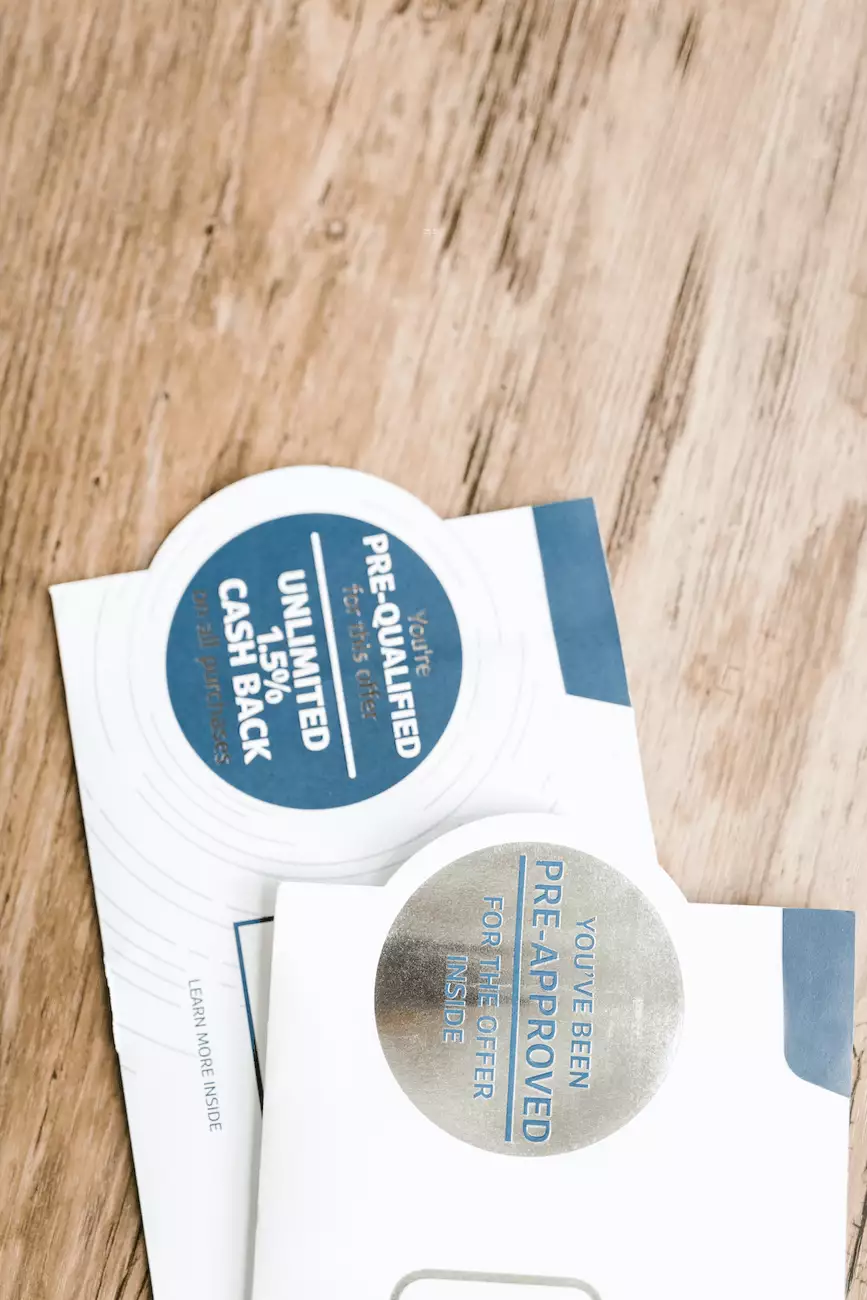How to Find Your Credit Utilization Ratio

Understanding Credit Utilization Ratio
In the world of personal finance, your credit utilization ratio plays a crucial role in determining your creditworthiness. This ratio represents the amount of your available credit that you are currently using. By understanding and managing your credit utilization ratio effectively, you can take important steps towards improving your credit score and overall financial health.
Calculating Your Credit Utilization Ratio
To calculate your credit utilization ratio, you need to gather some key information about your credit cards and revolving lines of credit. Follow these steps:
- Step 1: Determine your total credit limit - Add up the credit limits on all your active credit cards and revolving credit accounts.
- Step 2: Find your total outstanding balance - Sum up the balances you currently owe on all the credit cards and revolving credit accounts.
- Step 3: Divide your total outstanding balance by your total credit limit.
- Step 4: Multiply the result by 100 to get your credit utilization ratio as a percentage.
For example, if your total credit limit is $10,000 and your total outstanding balance is $2,000, your credit utilization ratio would be 20%.
Why Credit Utilization Ratio Matters
Financial institutions use your credit utilization ratio to evaluate your creditworthiness. A low credit utilization ratio suggests responsible financial behavior and can positively impact your credit score. On the other hand, a high credit utilization ratio indicates higher borrowing risk, potentially leading to a lower credit score.
In addition to affecting your credit score, your credit utilization ratio can also influence:
- The interest rates you qualify for
- Your ability to obtain new credit
- Lender perceptions of your financial stability
- Potential impact on future loan approvals
- Your overall financial well-being
Managing Your Credit Utilization Ratio
Now that you know how important your credit utilization ratio is, here are some tips to help you manage it effectively:
1. Keep an Eye on Your Credit Card Balances
Regularly monitor your credit card balances to ensure you are not consistently maxing out your available credit. Aim to keep your balances as low as possible compared to your credit limits.
2. Paying Off Balances in Full
If possible, try to pay off your credit card balances in full each month. This practice not only helps keep your credit utilization ratio low but also avoids additional interest charges.
3. Increase Credit Limits
Consider contacting your credit card providers to request a credit limit increase. By increasing your available credit, you can lower your credit utilization ratio even if your outstanding balance remains the same.
4. Avoid Closing Old Credit Cards
Even if you no longer use a particular credit card, think twice before closing it. Closing old credit cards can reduce your available credit and increase your credit utilization ratio.
5. Be Mindful of New Credit Applications
When you apply for new credit, it can result in hard inquiries on your credit report. Multiple inquiries within a short period can lower your credit score temporarily. Be selective when applying for new credit.
Summary
Understanding and managing your credit utilization ratio is an essential part of maintaining a healthy credit profile. By maintaining a low credit utilization ratio, you can improve your credit score, increase your chances of getting favorable interest rates, and enhance your overall financial well-being. Remember to regularly monitor your credit card balances, pay off balances in full whenever possible, and be strategic about new credit applications. Take control of your credit utilization ratio and take control of your financial future.









